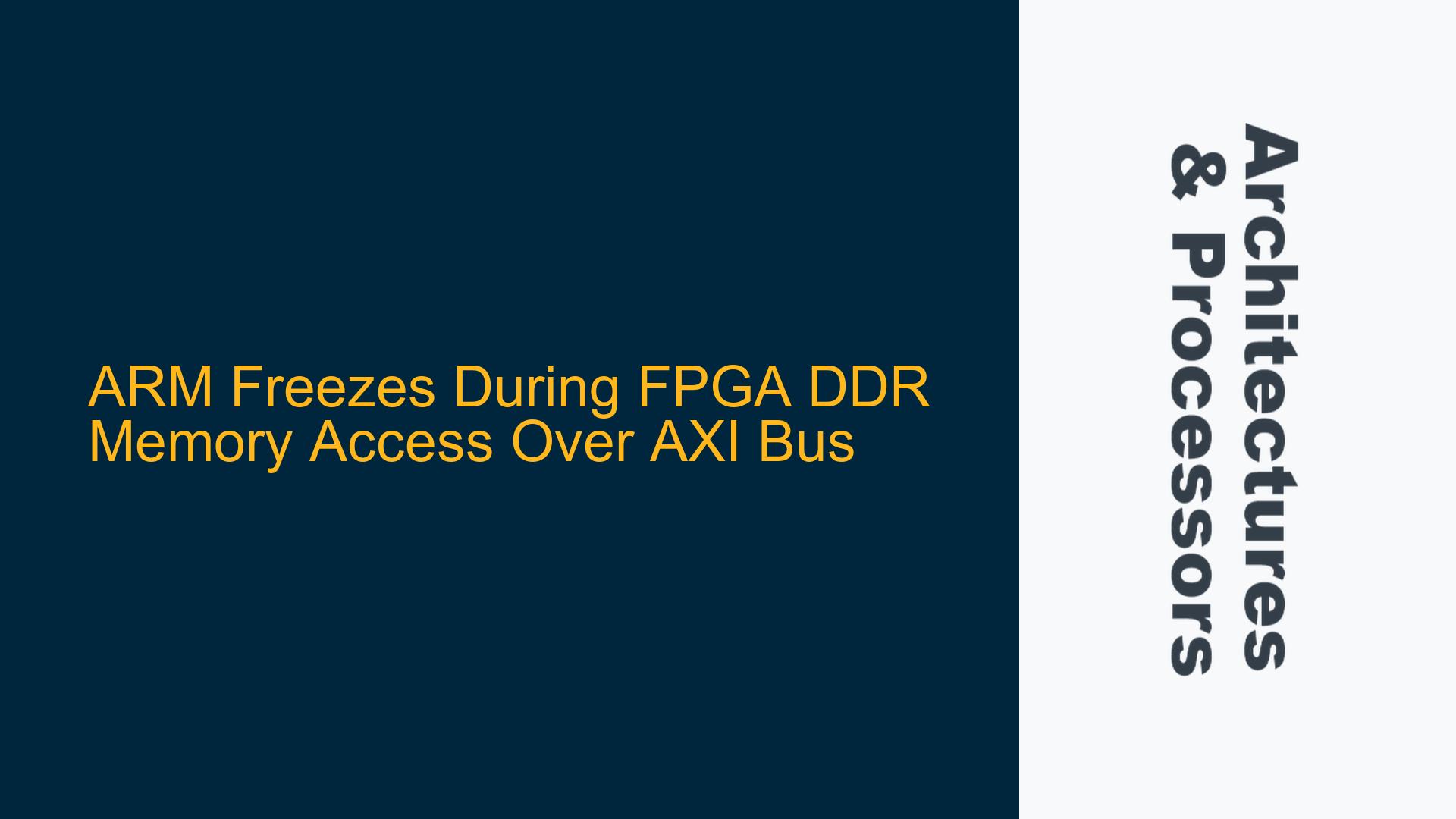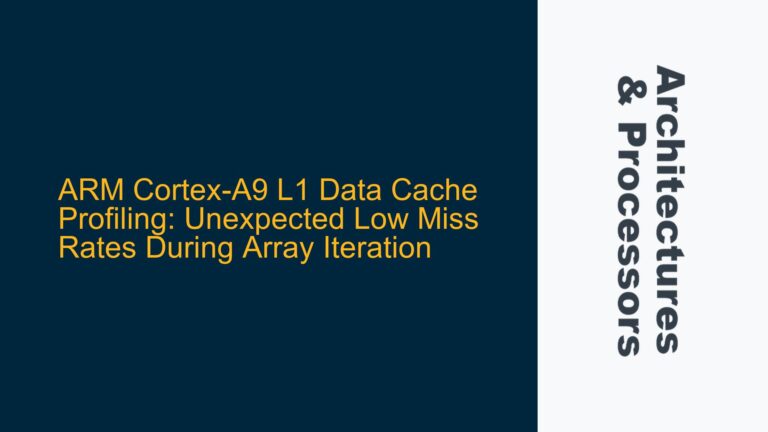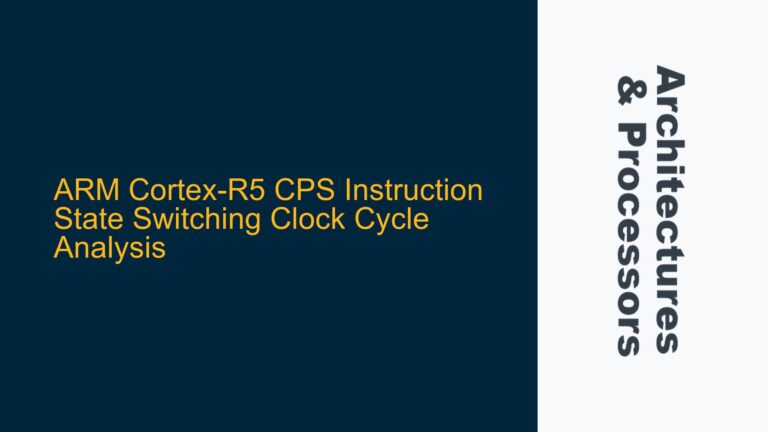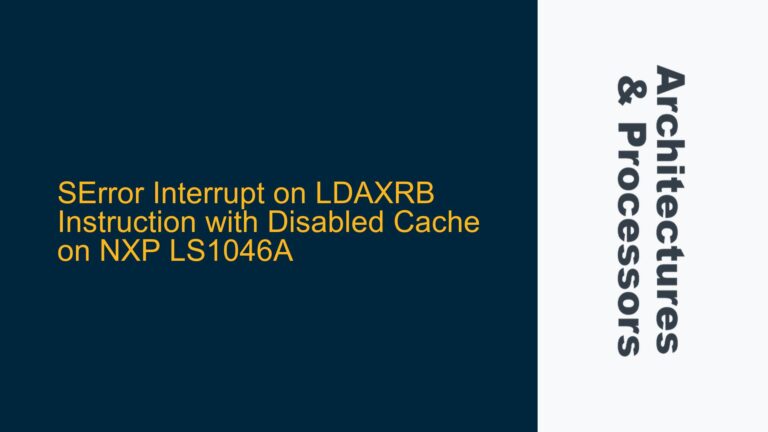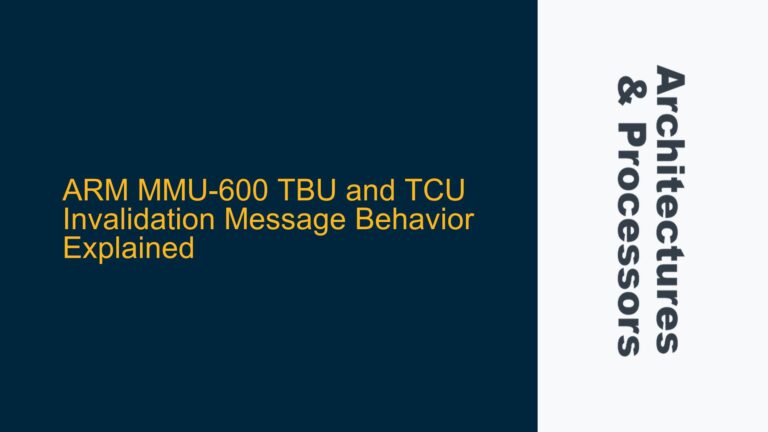ARM Freezes When Accessing FPGA DDR Memory via H2F_AXI Bus
In a system where an ARM processor is interfaced with an FPGA through an AXI bus, a critical issue arises where the ARM freezes completely when attempting to access the FPGA’s DDR memory. The system configuration includes an ARM processor running Linux, an FPGA handling SDI video and VIP suite operations, and separate DDR memory banks for both the ARM and FPGA. The ARM communicates with the FPGA over the LWAXI bus for configuration and uses the H2F_AXI bus to access the FPGA’s DDR memory. The system operates reliably for extended periods, but under certain conditions, the ARM freezes when accessing the FPGA DDR memory, and the issue persists even after power cycling. The only resolution found is to reload new firmware, despite the existing firmware having been tested extensively without issues.
The problem manifests as a complete system halt when the ARM attempts to access the FPGA DDR memory via the H2F_AXI bus. The FPGA DDR memory remains functional for the VIP suite, and the ARM DDR memory continues to support Linux operations. However, any attempt by the ARM to access the FPGA DDR memory results in an immediate freeze, suggesting a critical failure in the AXI bus transaction handling. This issue is particularly perplexing because it occurs sporadically after long periods of stable operation and cannot be resolved by a simple reboot, indicating a deeper systemic issue.
AXI Bus Protocol Violation and FPGA DDR Memory Access Deadlock
The root cause of the ARM freezing during FPGA DDR memory access likely stems from a violation of the AXI bus protocol or a deadlock condition in the FPGA DDR memory controller. The AXI protocol is designed to handle multiple transactions with strict timing and handshaking mechanisms. However, if the FPGA DDR memory controller fails to adhere to these protocols, it can cause the AXI bus to enter a deadlock state, where the ARM is waiting indefinitely for a response that never arrives.
One possible cause is a misconfiguration or corruption of the AXI bus signals, particularly the handshake signals such as AWREADY, WREADY, ARREADY, and RVALID. If these signals are not asserted or deasserted correctly, the ARM may be left waiting for a transaction to complete, leading to a system freeze. Another potential cause is a timing violation in the AXI bus, where the FPGA DDR memory controller does not meet the setup and hold times required by the ARM processor, causing data corruption or transaction failures.
Additionally, the issue could be related to the FPGA DDR memory controller’s internal state machine. If the controller enters an invalid state due to a race condition or a timing violation, it may fail to process further AXI transactions, causing the ARM to freeze when attempting to access the memory. This could be exacerbated by the FPGA’s handling of the VIP suite operations, which may prioritize certain memory accesses over others, leading to resource contention and potential deadlocks.
Diagnosing AXI Bus Timing and Implementing Robust Error Handling
To address the ARM freezing issue during FPGA DDR memory access, a comprehensive diagnostic and resolution approach is required. The first step is to perform a detailed analysis of the AXI bus transactions using a logic analyzer or simulation tools to capture the exact state of the bus signals when the freeze occurs. This will help identify any protocol violations or timing issues that may be causing the problem.
Once the issue is isolated, the next step is to implement robust error handling mechanisms in both the ARM and FPGA DDR memory controller. This includes adding timeout mechanisms for AXI transactions, where the ARM will abort a transaction if it does not receive a response within a specified time frame. Additionally, the FPGA DDR memory controller should be enhanced to detect and recover from invalid states, ensuring that it can continue processing transactions even if an error occurs.
Another critical step is to review and optimize the AXI bus configuration, particularly the arbitration and priority settings. Ensuring that the ARM and FPGA have appropriate access priorities to the DDR memory can help prevent resource contention and reduce the likelihood of deadlocks. This may involve adjusting the AXI interconnect settings or modifying the FPGA DDR memory controller’s arbitration logic.
Finally, it is essential to perform extensive stress testing of the system to validate the fixes and ensure that the issue does not reoccur. This includes running the system under various load conditions and monitoring the AXI bus transactions to verify that the ARM can reliably access the FPGA DDR memory without freezing. By systematically diagnosing the issue and implementing robust error handling and optimization strategies, the ARM freezing problem can be effectively resolved, ensuring the long-term stability and reliability of the system.
